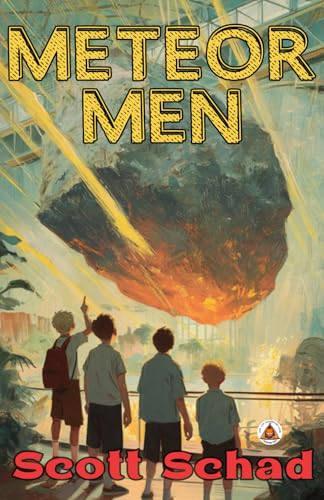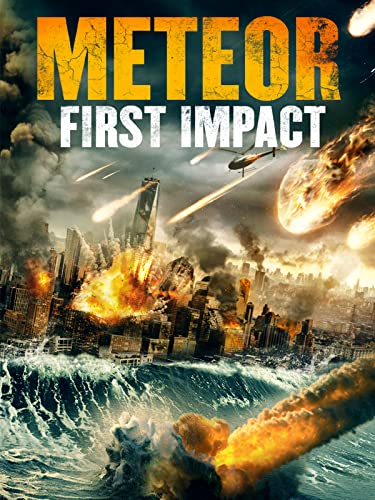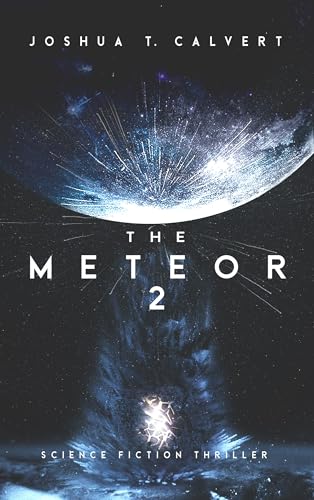Meteor
A meteor, known colloquially as a shooting star, is a glowing streak of a small body (usually meteoroid) going through Earth's atmosphere, after being heated to incandescence by collisions with air molecules in the upper atmosphere, creating a streak of light via its rapid motion and sometimes also by shedding glowing material in its wake. Meteors typically occur in the mesosphere at altitudes from 76–100 kilometres (47–62 miles). The root word meteor comes from the Greek meteōros, meaning "high in the air". Millions of meteors occur in Earth's atmosphere daily. Most meteoroids that cause meteors are about the size of a grain of sand, i.e. they are usually 1 mm (1⁄25 in) or smaller. Meteoroid sizes can be calculated from their mass and density which, in turn, can be estimated from the observed meteor trajectory in the upper atmosphere. Meteors may occur in showers, which arise when Earth passes through a stream of debris left by a comet, or as "random" or "sporadic" meteors, not associated with a specific stream of space debris. A number of specific meteors have been observed, largely by members of the public and largely by accident, but with enough detail that orbits of the meteoroids producing the meteors have been calculated. The atmospheric velocities of meteors result from the movement of Earth around the Sun at about 30 km/s (67,000 mph; 110,000 km/h), the orbital speeds of meteoroids, and the gravity well of Earth. Meteors become visible between about 75 to 120 km (47 to 75 mi) above Earth. They usually disintegrate at altitudes of 50 to 95 km (31 to 59 mi). Meteors have roughly a fifty percent chance of a daylight (or near daylight) collision with Earth. Most meteors are, however, observed at night, when darkness allows fainter objects to be recognized. For bodies with a size scale larger than 10 cm (4 in) to several meters meteor visibility is due to the atmospheric ram pressure (not friction) that heats the meteoroid so that it glows and creates a shining trail of gases and melted meteoroid particles. The gases include vaporised meteoroid material and atmospheric gases that heat up when the meteoroid passes through the atmosphere. Most meteors glow for about a second.
This article uses material from the Wikipedia article "Meteor", which is released under the Creative Commons Attribution-Share-Alike License 3.0.
References
| Title | Summary | |
|---|---|---|
| Peter Mercurio | ... After Time The Black Stallion Meteor Star Trek: The ... | |




![Meteor [Blu-ray] Meteor [Blu-ray]](https://m.media-amazon.com/images/I/611DRwNNkoL._SL500_.jpg)

![Meteor [DVD] Meteor [DVD]](https://m.media-amazon.com/images/I/51WF29JZ26L._SL500_.jpg)



